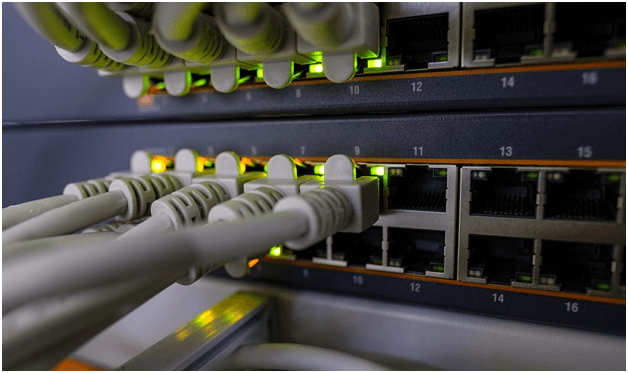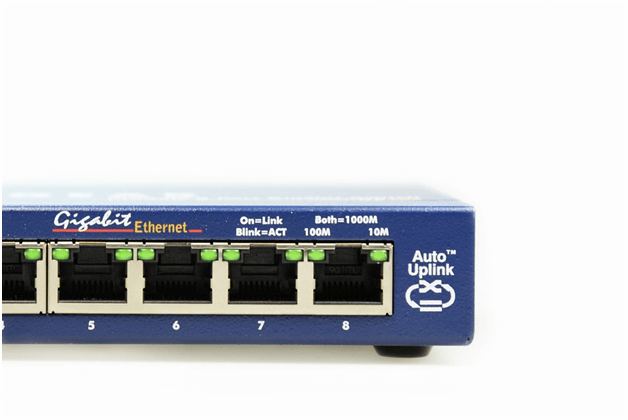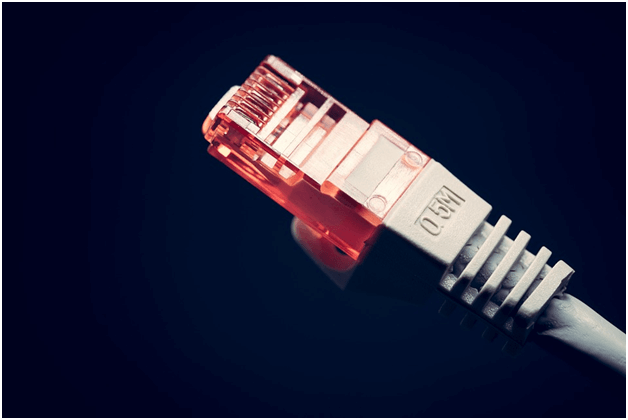Ethernet cables do come in different terms you may not probably heard of, especially when you do a quick search on shopping sites for your cable needs. They have a variety of choices like Cat 5, Cat 6, and Cat 7 cables.
However, the question is how do these cables differ from one another? And to be more specific, which cable is ideal for your cable infrastructure? What are other things you need to take note?

So, to give a better understanding on what cable type is ideal for your cabling system, get to know the differences of each Ethernet cable below.
Table of Contents
Cable Specification
In every cable network system, specification is an important aspect. Especially when it comes to Ethernet cables — Cat 5, Cat 6, and Cat 7. The one with the most stringent specifications for noise interference is Cat 7 compared to Cat 6 and Cat 5. Cat 7 has a shielding added to it for single wire pairs. And, it supports high speed data transmission with no printed circuit board coordinated into a housing style with RJ45 cable system.
Frequencies and Cable Length
Category 6 cable provides a standard transmission of up to 250 MHz whilst a standard frequency transmissions of up to 600 MHz is what Cat 7 cable can support. As for cable length, a maximum of 100 meters is the standard length of Cat 6. A Cat 7 was designed as a connector for Gigabit Ethernet with more than 100 meters of copper cable system.
Computer Networking
When building a new house, setting up a new cable network will always be part of the picture. Hence, it is vital for people to take note of the most standard network speed in the coming years. Home technologies will be able to use 10G data transmission in the next couple of years.
Computer Before, home owners did install Cat 6 cable instead of Cat 5 since the market technology opted to go 10G from the usual 1G which is compatible with Cat 5 cable. And, 10G needs either Cat 6 or Cat 7 to work perfectly. Since then, people seem to be wasting their money for thinking that.

Cost
In terms of price, without a doubt, Cat 7 is more expensive than Cat 6 and Cat 5. Considering the fact that this cable supports faster data transmission. Today, houses are using LED television with 4k resolution which needs a 10gbs network, and as far as Ethernet cables are concerned, Cat 7 is more compatible to support it.
Flexibility
Ethernet cables are backward compatible and are interchangeable. This is one of the best aspects about them. The only downside when using an older cable, such as Cat 5 is the data transmission since it can’t support faster transfer of data unlike Cat 7.
Though it is still possible to connect a Cat 5 cable into a networking device that has the updated Ethernet interface of 10G, the data transfer is the main issue as it’s very slow. In a similar scenario, Cat 7 cable can be connected to a router that does not support the upgraded speed. Bottomline, Ethernet cables can be very flexible.
Unshielded Twisted Pair vs. Shielded Twisted Pair
Manufacturers are creating a shield to completely protect the Ethernet cables’ twisted wire type against possible interference. As for unshielded twisted pair cables, they can be used between the wall and your desktop, however when it comes to areas with great interference, shielded twisted pair is the ideal one.

There are a lot of ways to protect cables, but the most standard one involves adding a shield wrapped around every pair of wire in an Ethernet cable. This further protects the cable from internal crosstalk interference.
Ethernet Cable Performance Table
| Cable Type | Shielding | Speed Transmission (Max) | Bandwidth (Max) |
| Cat 7 | Shielded | 10000 Mbps/ 10Gbps | 600 MHz |
| Cat 6 | Shielded or Unshielded | 1000 Mbps / 1Gbps | >250 MHz |
| Cat 5 | Unshielded | 10/100 Mbps | 100 MHz |
Conclusion
Now that you have a better idea on what each cable has to offer, it will be easier for you to know what suits your cabling system the most. Cat 6 vs. Cat 7 cables will always be a constant battle to users in terms of data transmission and shielding. Though Cat 7 will still be on the advantage side.
Deciding what cable to buy greatly depends on your application. If you wish to install a cable system in your entire house, Cat 7 is also the ideal option. Budget wise, you may also opt for Cat 5 and Cat 6 cables if speed isn’t your priority.




























